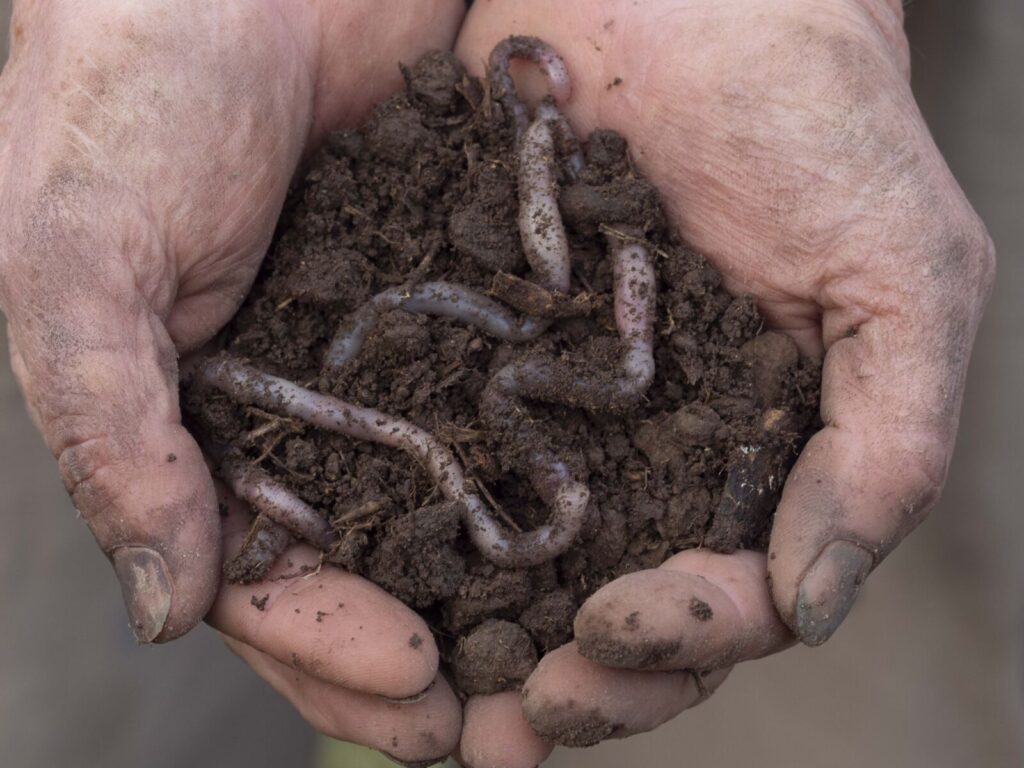Some background on clay soils

Much of western and north western Sydney is based on clay soils. Quite often these soils are wet in winter and much dryer in summer. While clay has the advantages of holding water well especially at deeper levels and can be rich in nutrients, there are some problems such as:
- Plants have to work harder for their roots to grow through the soil.
- You have to work harder to dig it.
- The soil can easily become compacted which excludes air from the roots.
- On poorly drained clay, waterlogging is most important as only a few species will stand this condition as stationary water rots the roots and kills the plant.
There are however several things you can do for your clay soil, and as a result create a garden where you can successfully grow a wide range of native plants.
Before you plant
- Consider sub-surface drainage. If water does not drain away very well, you will need to drain it. Ask your hardware store or search the internet for information on laying drainage pipe. Or even employ a landscaper to do it for you.
- Consider making a raised garden. If you are excavating one part of the garden, for example for paving, use the topsoil elsewhere, raising the bed a minimum of 25 cms will help greatly. Even a heavy (clay) soil can be well-drained if it is raised above the general level – but avoid solid clods from the subsoil. A well drained soil allows the water to carry down oxygen and nutrients to the plants roots, thus promoting better growth.
- Start a compost bin. Homemade or bought, a compost bin (or two) provides an excellent source of organic matter from your vegetable peelings, grass clippings, old newspapers and so on. When composted add to the soil. OR add organic matter if you do not have a compost bin, use cow manure, dug into the top 15 cm or so of soil. Mushroom compost can be problematic due to the higher pH, so best not to use. Gypsum is also very helpful (over time) with some clay soils. Adding lime is not generally recommended as it alkalinizes the soil, and most native plants prefer soils on the acid side.
- Digging the soil helps open it up, but should be done only when the soil is moderately moist. (Too dry is back-breaking, too wet is sticky – and both are bad for the soil’s structure.)
General tips on selecting healthy plants – They should be:
- Not overgrown or root bound. As native plants usually have a deep root system they can quickly become pot bound if left to long in a pot. Plants in this condition are often not successful when planted out.
- Growing in the open as shaded and shelter plants will need hardening off before planting out
General tips on plant choices
- Many of the most popular native plants sold in nurseries will not grow well in a clay soil. You will be much more successful choosing plants for heavy soils rather than trying to change the soils for plants which prefer lighter soils. Some will stay alive in heavier soils but may grow very slowly eg Banksia spinulosa and some teatrees (Leptospermum species)
- Species which occur naturally in lighter drier soils often have very strong root systems necessary to travel long distances to find water. They do not grow well in heavier soils as their roots are unable to grow far into clay soils and this means the plant requires staking and watering more often to survive due to its poorly developed root system.
- Some plants actually grow better in a heavier soil than in a sandstone based soil. Among these are species of Melaleuca, Callistemon, Syzygium, Indigofera and some Acacias.
- Plants that are not advisable for clay soils include: most Western Australian plants, Banksias, Grevilleas and most other members of the Proteaceae (Protea) family.
- For a more comprehensive range of plants refer to Australian Plants (NSW) information sheets titled: ‘Plants for Clay Soils or Loams’.
Planting out
- Choose plants that are tolerant of clay (there are many). Check the plants’ other requirements (height, sun/shade etc) to see if they will suit your position.
- Mix in organic matter with your soil.
- Dig wide rather than deep. Stay at topsoil level by making holes only a little deeper
- than the pot, but at least twice as wide. Avoid digging a hole into the subsoil, as it will act as a sump to hold the water with the result that it will collect water and rot the plant.
- Protect your soil from developing a water-resistant crust. If you choose a mulch that will break down over time like Eucalyptus leaf litter, it will feed the soil as it does … but remember it will need renewing over time.
Compiled by: Mark Ferrington, Angie Michaelis, Cas Liber and Jeff Howes. Revised by Jeff Howes 2021.
See here for a PDF of this post: Growing native plants in clay soils
